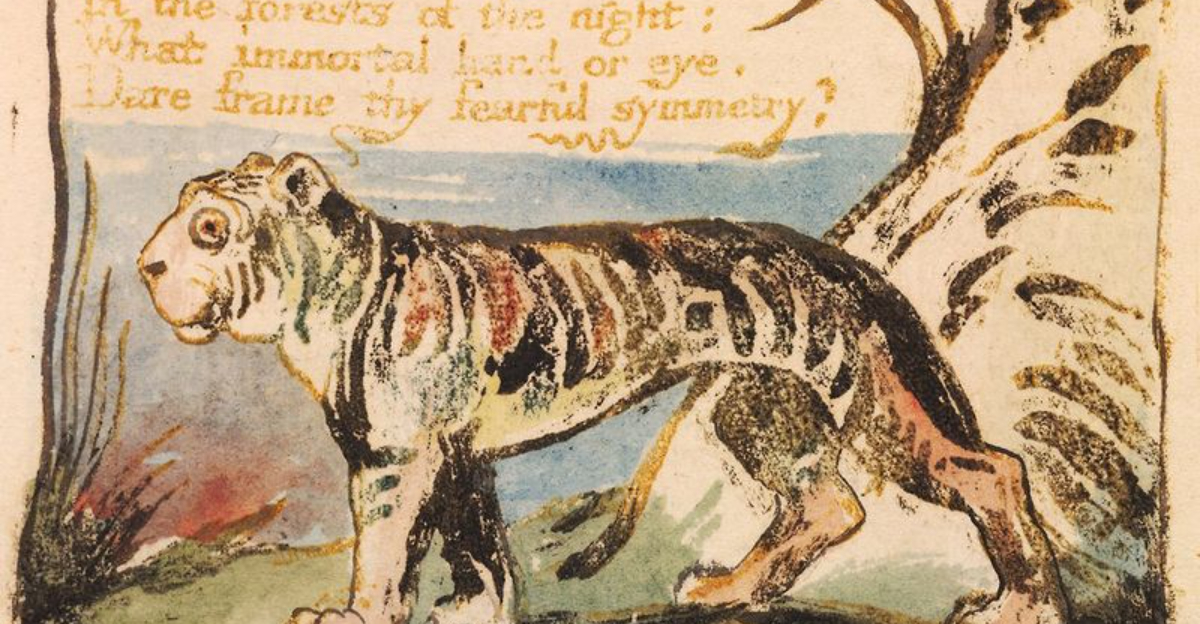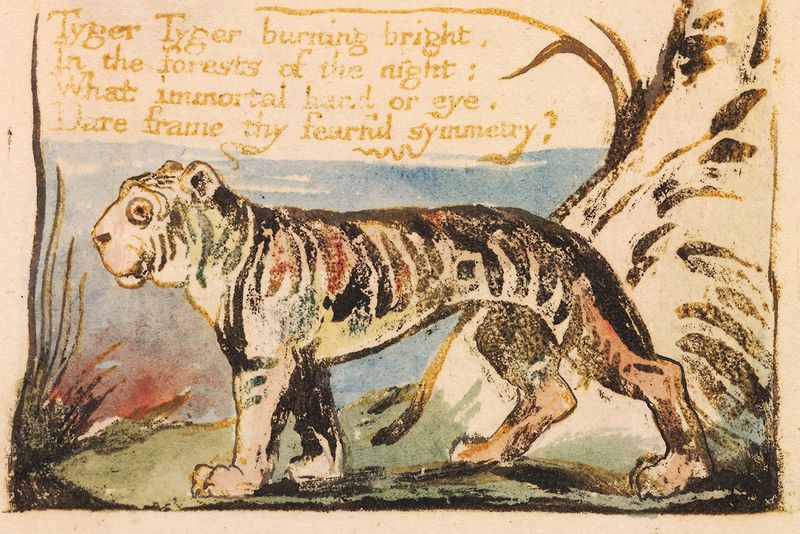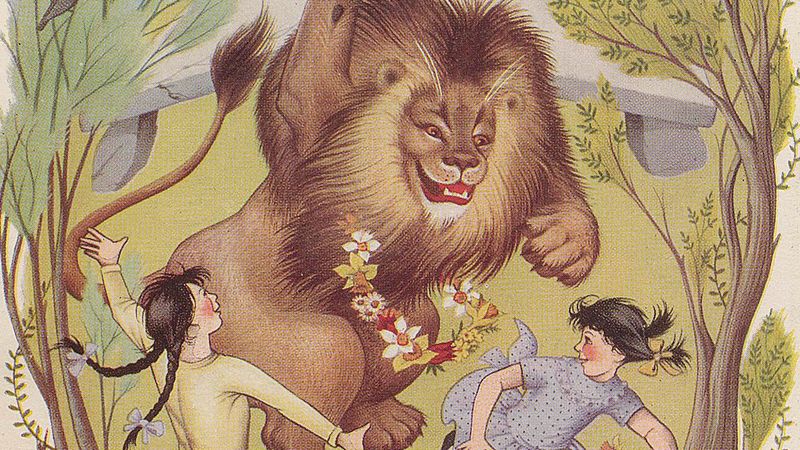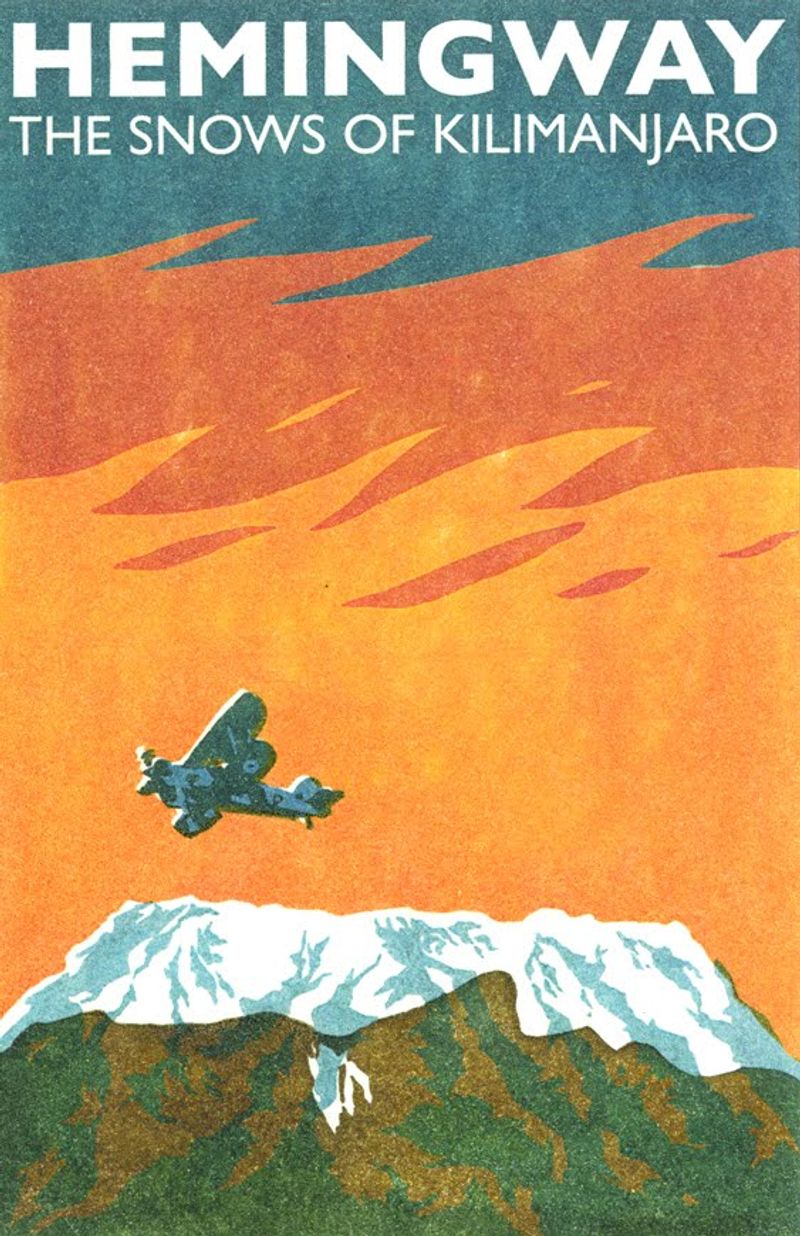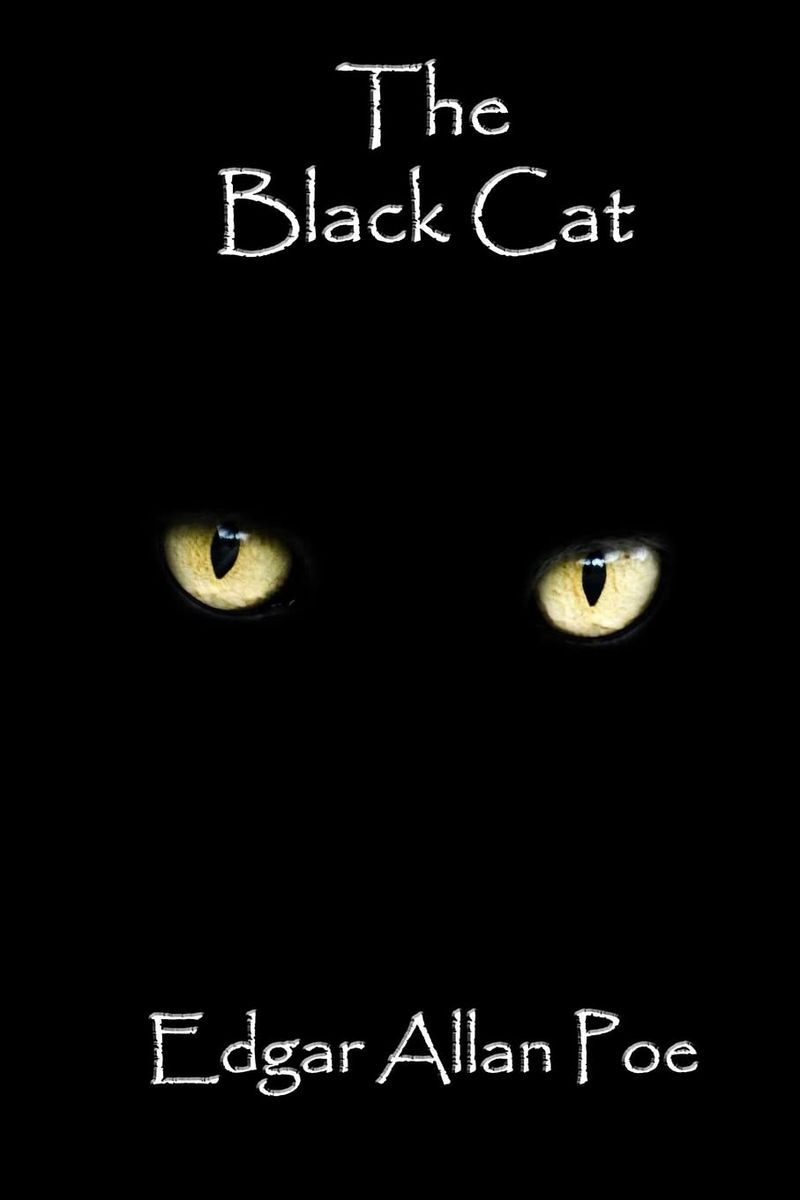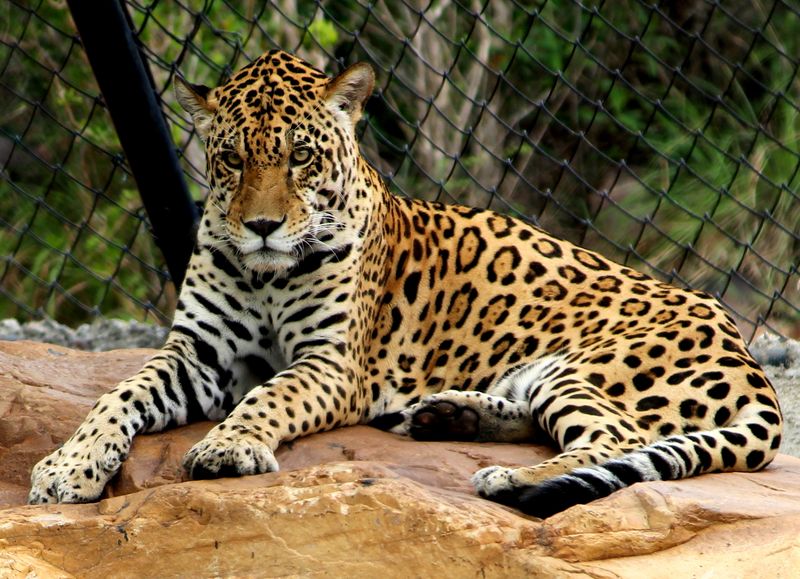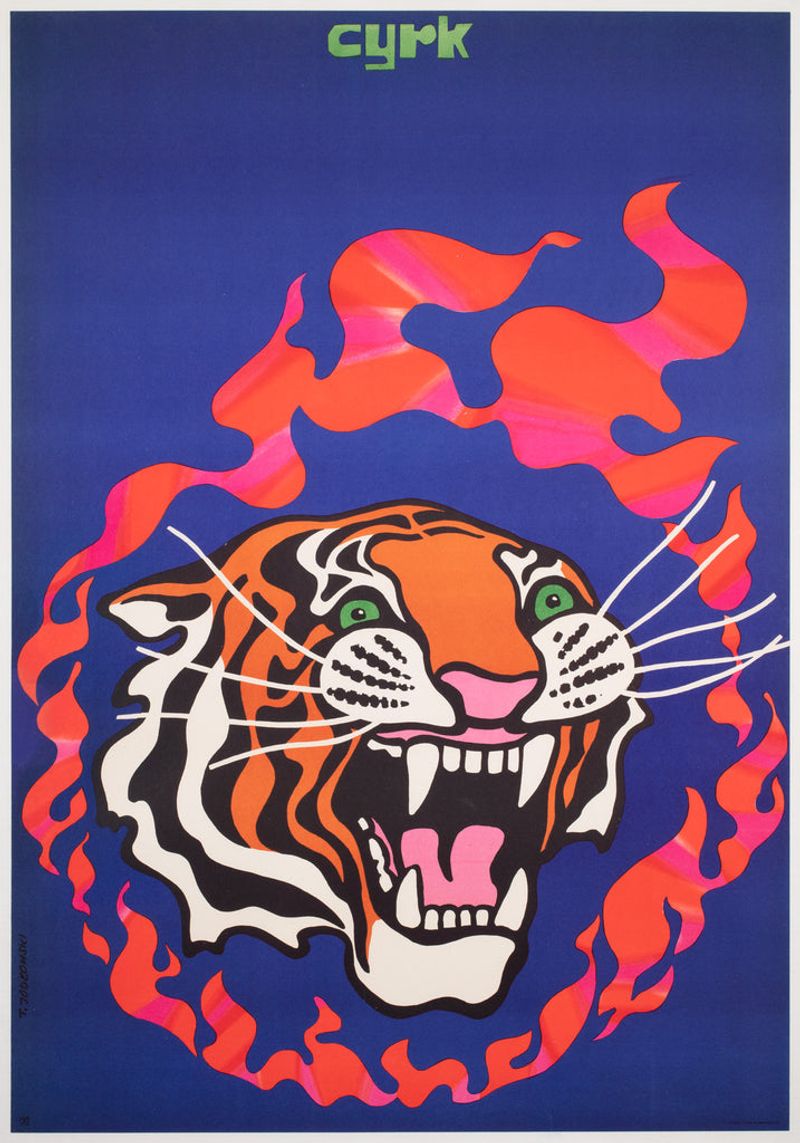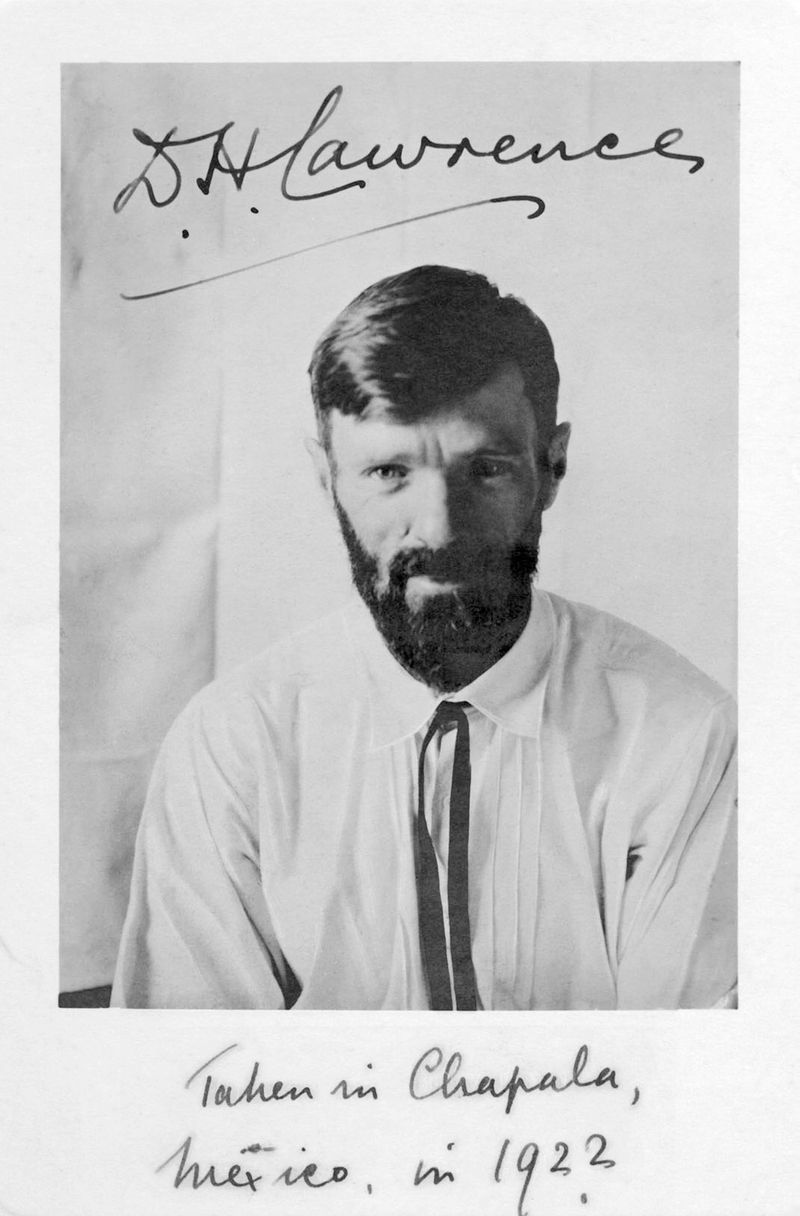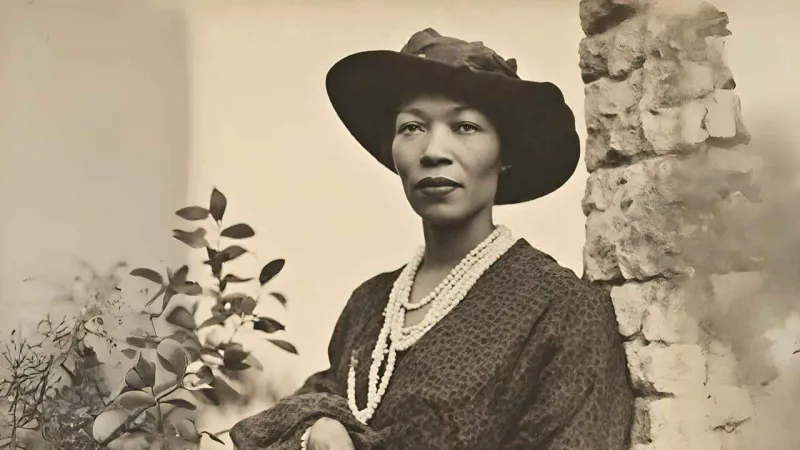📖 Table of Content:
- 1. The Bengal Tiger – Life of Pi by Yann Martel
- 2. The Tiger – William Blake (Referenced by American Writers)
- 3. The Lion – Symbol in American Religious and Political Literature
- 4. The Leopard – Ernest Hemingway’s The Snows of Kilimanjaro
- 5. The Black Cat – Edgar Allan Poe’s “The Black Cat”
- 6. The Jaguar – Symbol in Beat Poetry
- 7. The Circus Tiger – Hills Like White Elephants (Hemingway)
- 8. The Mountain Lion – Mountain Lion by D.H. Lawrence
- 9. The Leopard as Fashion and Feminine Power – American Modernist Writers
From the stealthy grace of the panther to the raw power of the tiger, big cats have long prowled the pages of American literature—not merely as creatures of the wild, but as rich, symbolic forces. These majestic animals represent strength, fear, freedom, and the unknown. Their presence, whether literal or metaphorical, helps shape character arcs, heighten suspense, and deliver deeper philosophical and psychological insights. In American storytelling, the big cat is never just an animal—it’s often a mirror reflecting the primal core of human nature.
Throughout the evolution of American literature, authors from Edgar Allan Poe to Ernest Hemingway have drawn inspiration from these powerful felines. Sometimes they appear in the background, frozen in a brief image or lurking in the shadows of a character’s mind. Other times, they roar to the forefront, becoming central figures around which entire narratives revolve. Whether stalking through the Southern Gothic, pacing the spiritual terrain of Beat poetry, or curling around the edges of American modernism, big cats have left their pawprints on some of the country’s most iconic works.
This article explores ten unforgettable examples where big cats made their mark on American literature. From jungle-dwelling tigers to mountain lions of the American West, each feline has its own symbolic weight and literary legacy. Let’s take a closer look at how these creatures have inspired, challenged, and haunted generations of American writers and readers alike.
1. The Bengal Tiger – Life of Pi by Yann Martel
Few big cats have captivated readers quite like Richard Parker, the Bengal tiger aboard a lifeboat in Life of Pi. While not American in origin, the novel’s global popularity and adoption into U.S. literature curricula earn it a spot on this list. Richard Parker is no mere beast—he’s a psychological companion, a metaphor, and a survival mechanism. Pi’s relationship with the tiger blurs the line between fear and necessity, reality and illusion. The tiger’s presence forces Pi to remain alert, sane, and morally aware in the face of chaos. Its dual role—as both a literal animal and a symbolic mirror—adds depth to the narrative. Through Richard Parker, readers confront the primal instincts we carry within ourselves.
2. The Tiger – William Blake (Referenced by American Writers)
Beneath the fiery stripes of the tiger lies a force that fascinated American transcendentalists. Ralph Waldo Emerson, inspired by Blake’s “The Tyger,” saw the creature as an emblem of divine mystery and cosmic energy. Unlike domesticated animals, the tiger wasn’t meant to be tamed—it represented wild nature, as awe-inspiring as it was unknowable. This made it a fitting figure for Emerson’s philosophy, which celebrated the individual spirit and the sublime in nature. The tiger stood for beauty beyond logic, terrifying yet essential. Its presence challenged readers to accept life’s contradictions—ferocity and grace, creation and destruction. A roaring symbol, it embodied the transcendental struggle to grasp the infinite.
3. The Lion – Symbol in American Religious and Political Literature
Roaring through allegory and religious narrative, the lion has long reigned as a symbol of power, justice, and divine will. Though more commonly associated with C.S. Lewis’s Aslan, the lion’s symbolic weight has echoed across American religious and political texts. In sermons, speeches, and literature, it frequently embodies righteous strength or kingly virtue. American writers have used lions to comment on leadership, moral clarity, and sacrifice. They appear in political cartoons and prose as noble, often Christ-like figures. Lions aren’t just about might—they represent disciplined authority, the kind that rules wisely. When they appear in literature, their presence elevates the stakes and signals a struggle between chaos and order.
4. The Leopard – Ernest Hemingway’s The Snows of Kilimanjaro
High upon Mount Kilimanjaro, frozen in time, a leopard appears at the very start of Hemingway’s short story. This haunting image sets the tone for the protagonist’s inner reckoning with failure, death, and lost purpose. Why would a leopard climb to such heights? Hemingway never fully explains, and that’s the point. The leopard becomes a symbol of purity and nobility—attributes the protagonist once had but feels he’s lost. It serves as a spiritual benchmark, a reminder that some creatures pursue greatness even unto death. In just a few lines, the leopard becomes an unforgettable metaphor for artistic integrity and existential courage.
5. The Black Cat – Edgar Allan Poe’s “The Black Cat”
With a chilling hiss and unblinking stare, the black cat in Edgar Allan Poe’s story is no ordinary feline. It’s a psychological specter, a creeping embodiment of guilt and descent into madness. As the narrator spirals from affection to cruelty, the cat becomes both victim and avenger. Its eerie reappearance after death hints at supernatural forces or the inevitable return of conscience. Poe uses the cat to explore duality—the domestic turned demonic, love turned loathing. It’s not the claws or teeth that terrify, but the cat’s calm, watchful presence. Within this tale, the feline becomes a symbol of our darkest impulses made flesh.
6. The Jaguar – Symbol in Beat Poetry
Echoing through jungle imagery and psychedelic verse, the jaguar roared into the imaginations of Beat poets. Allen Ginsberg and his contemporaries saw the jaguar as more than just an animal—it was a symbol of spiritual rebellion. Fast, wild, and free, it embodied the kind of unfiltered consciousness they chased through poetry and protest. Unlike lions and tigers steeped in classical lore, the jaguar felt raw and untamed. Its South American habitat linked it with shamanism and altered states. The jaguar slinked through verse as a guide, not a predator. For the Beats, it represented a return to wild instinct and ecstatic truth.
7. The Circus Tiger – Hills Like White Elephants (Hemingway)
Tigers don’t appear explicitly in Hemingway’s Hills Like White Elephants, but their caged nature looms metaphorically. Characters dance around the topic of abortion, their dialogue tight and indirect, like a tiger pacing behind bars. The idea of the tiger—dangerous, majestic, yet confined—parallels the female protagonist’s dilemma. Her voice is restrained, her choices limited, her strength subdued by social expectation. If a tiger lurks in this narrative, it’s the one inside her—furious, waiting. Hemingway’s sparse prose often hides deep emotional tension, and this imagined tiger speaks volumes. Even unseen, the big cat becomes a symbol of ferocity locked away by cultural silence.
8. The Mountain Lion – Mountain Lion by D.H. Lawrence
Even though D.H. Lawrence hailed from England, his stories set in the American West pulse with mountain lion energy. In The Woman Who Rode Away, he portrays the mountain lion as a creature of immense spiritual significance. These big cats symbolize the wildness of the landscape and the primal undercurrent of the human soul. The mountain lion becomes a guardian of mystery, representing freedom and danger in equal parts. Lawrence uses the cat to critique colonialism and to explore the collision between modernity and indigenous identity. Its presence in American terrain, even through a foreign lens, reveals cultural tensions beneath the surface. The mountain lion is both a literal predator and a metaphysical gatekeeper.
9. The Leopard as Fashion and Feminine Power – American Modernist Writers
Strutting across the pages of American modernist fiction, the leopard often wears metaphorical spots. It appears in clothing, dreams, or passing references as a marker of wild femininity. Writers like Zora Neale Hurston and Toni Morrison infused the image of the leopard with sensual power and defiant beauty. Unlike the lion’s nobility or tiger’s aggression, the leopard is sleek and subversive. Its spots whisper of rebellion wrapped in elegance. In works exploring race, gender, and identity, the leopard becomes a visual shorthand for strength that refuses to be domesticated. It isn’t just worn—it is owned, embodied, and unleashed.
